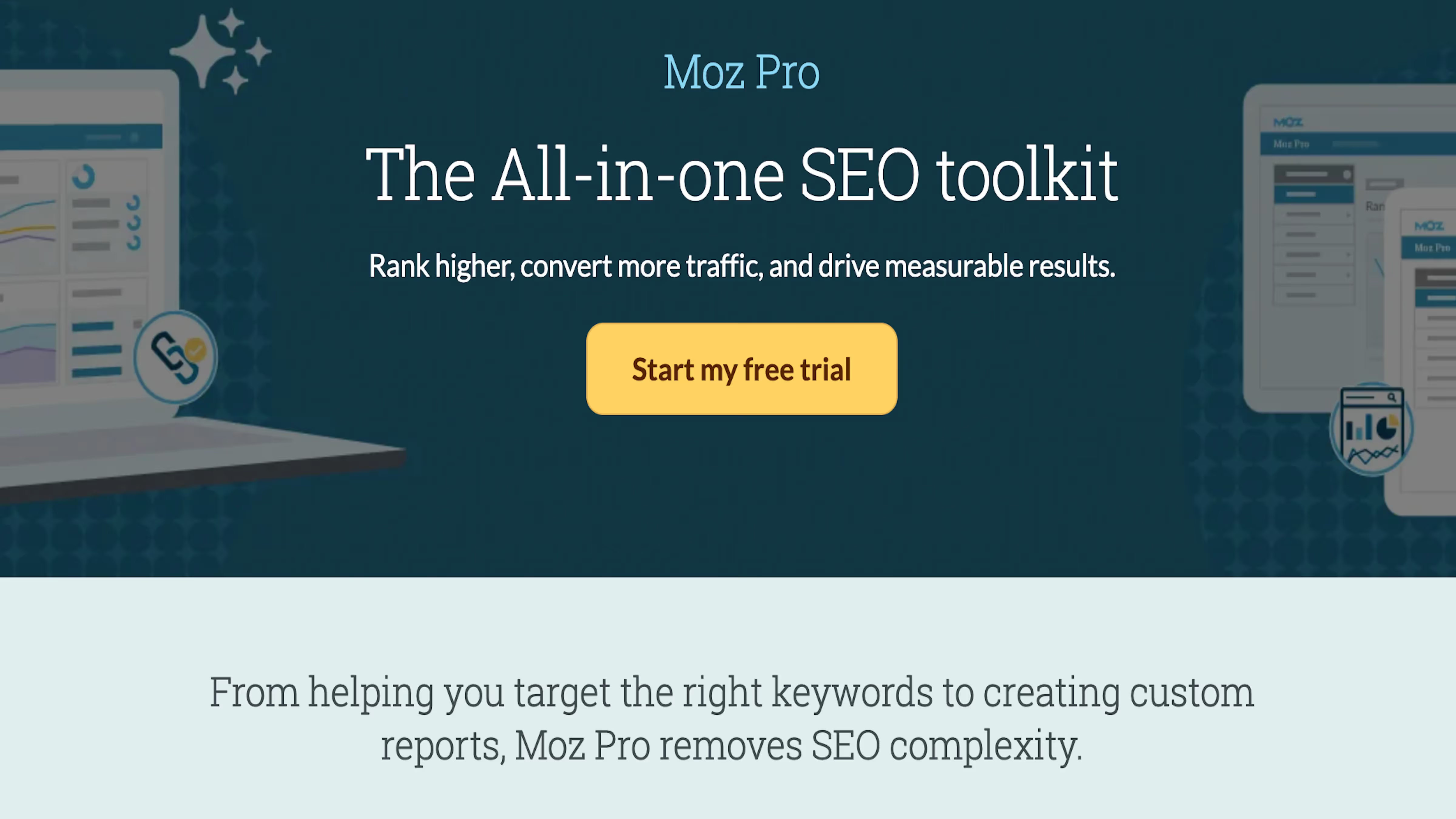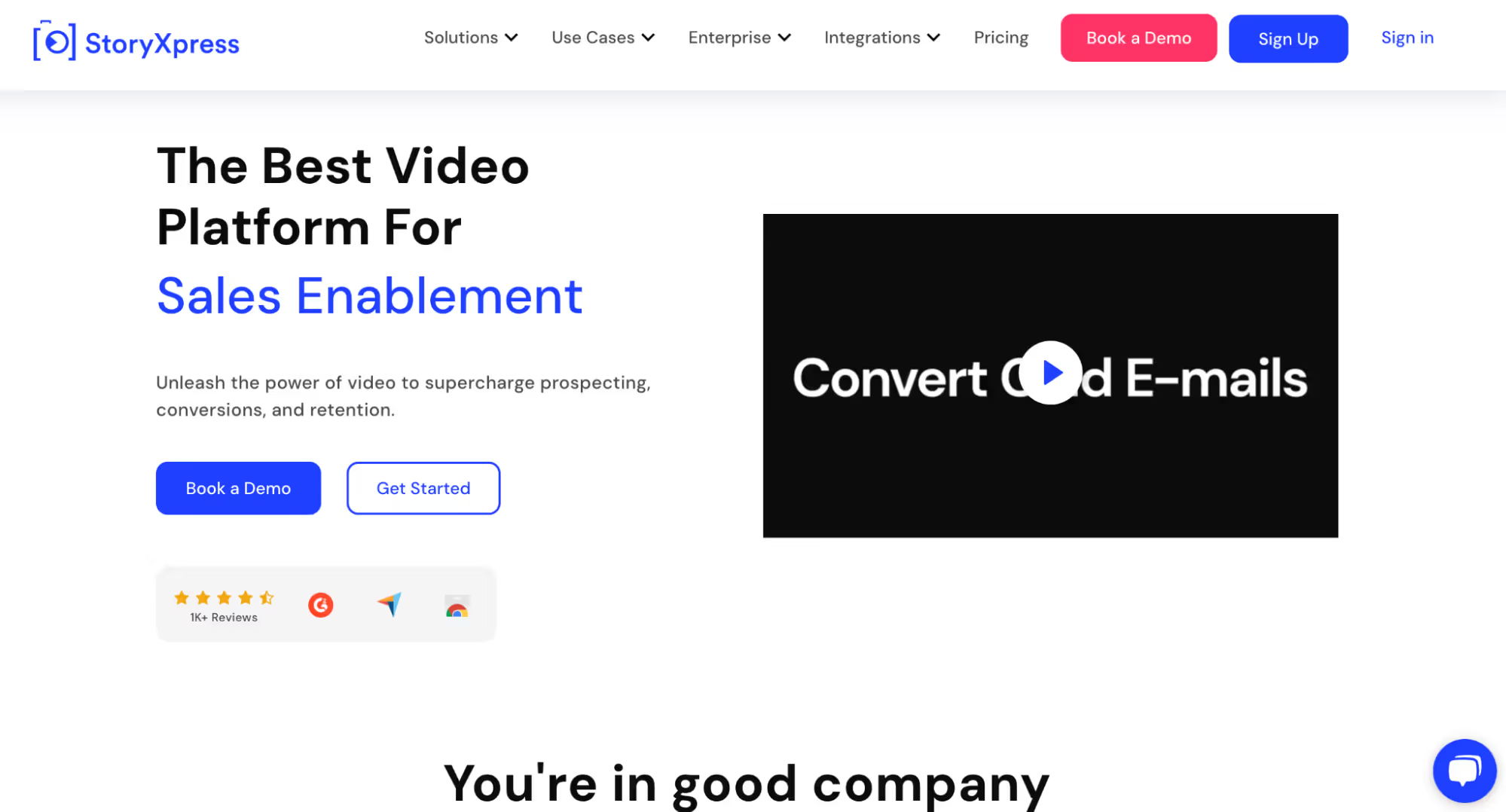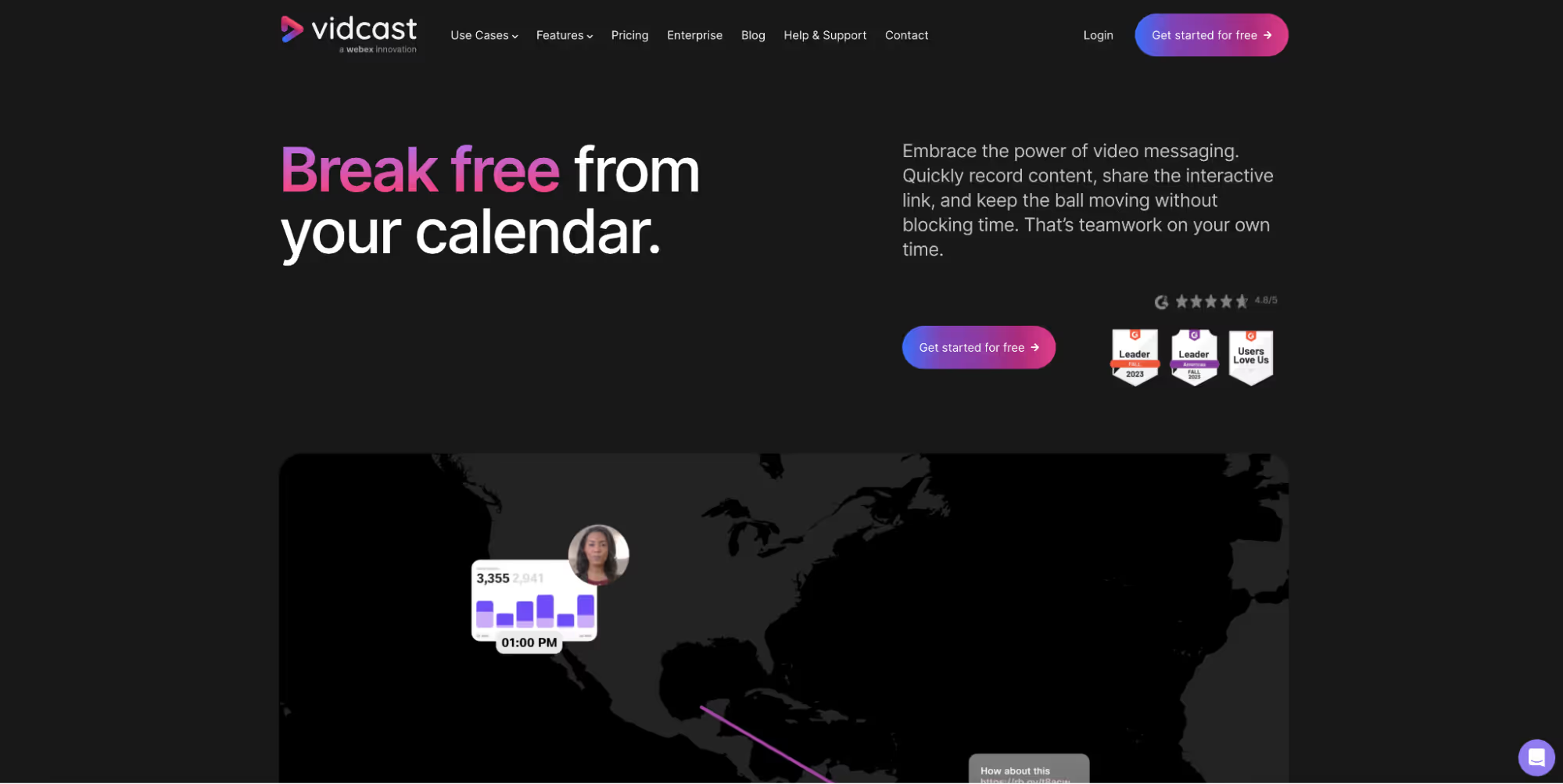
Creating an Engaging Asynchronous Online Learning Environment: Key Tips
Looking to bring life and engagement to online learning, even when it's not in real-time? Discover essential tips for crafting an asynchronous online learning environment that captivates and educates, transcending traditional time boundaries.
In today's rapidly evolving educational landscape, asynchronous online learning has become an integral part of remote education, offering flexibility and accessibility to learners worldwide. Whether you're an instructor striving to create a stimulating virtual classroom or a student navigating the asynchronous learning journey, understanding the nuances of asynchronous and synchronous learning environments can significantly impact your success. In this article, we'll delve into seven essential tips to help you craft an engaging asynchronous online learning environment that caters to diverse learning styles and fosters collaboration, exploring ways to asynchronously overcome issues with standard synchronous communication.
1. Balance Asynchronous and Synchronous Learning
The first step in creating an effective asynchronous online learning environment is striking the right balance between asynchronous and synchronous activities. Asynchronous learning involves learners accessing pre-recorded lectures, reading materials, and participating in discussions at their own pace. On the other hand, synchronous learning requires real-time interactions, such as live lectures or video conferences. To cater to different learning styles, ensure a healthy mix of both approaches.
2. Implement Collaborative Learning Tools
Collaborative learning plays a vital role in enhancing the asynchronous online learning experience, no matter the environment. Leveraging discussion boards, group projects, and online forums can help learners engage with their peers and instructors effectively. For instance, a student asynchronously presenting group work in a Bubble, or a teammate requesting async feedback on a new design feature through Bubbles. These tools facilitate asynchronous communication, enabling learners to ask questions, share insights, and collaborate on assignments irrespective of geographical boundaries.
Make your
meetings matter
Loved and trusted by 100,000+ users:
- Automatically Record and Transcribe Meetings
- Extremely Accurate Notes, Summaries, and Action Items powered by AI
- Works with Zoom, Google Meet, and Microsoft Teams
- Save time and follow-up with quick async videos
Simply connect your work Google or Microsoft Calendar to get started.
3. Customize Learning Experiences
Understanding each learner's unique learning style is crucial in asynchronous online education. To accommodate diverse needs, offer customizable learning paths or assignments. Provide options for self-assessment and self-paced progress, allowing learners to take ownership of their learning journey.
4. Set Clear Learning Outcomes
Clear learning objectives are fundamental in asynchronous online courses. Ensure that each lesson has well-defined goals and expectations. Regularly assess learners' progress through quizzes, assignments, or discussions, and provide constructive feedback to help them stay on track. As a leader, providing effective asynchronous learning feedback is essential to getting your viewpoint across, and below, a member of the Bubbles team shows how Bubbles can be used to give concise but clear feedback.
5. Offer Accessibility and Flexibility
Asynchronous learning is often chosen for its flexibility, making it accessible to a broad audience. To create an inclusive environment, ensure that course materials are accessible to all learners, including those with disabilities. Offer multiple formats for content delivery and accommodate different time zones to cater to a global audience.
6. Utilize Asynchronous Communication Tools
To foster engagement outside of real-time interactions, leverage asynchronous communication tools like Bubbles or email. These tools help learners reach out to instructors and peers to ask questions, seek clarification, and share thoughts without the constraints of meeting times. What a tool like Bubbles provides over conventional async communication tools is the ability to show and tell, increasing clarity but keeping the flexible efficiency. The hugely beneficial differences that this can provide to a team is explained in the Bubble below.
7. Encourage Active Participation
Active participation is key to a successful asynchronous online learning environment. Instructors should design activities that encourage learners to contribute meaningfully to discussions, collaborate on projects, and think critically. Encourage learners to ask questions, express their opinions, and provide constructive feedback to their peers.
In workplaces and educational institutions, asynchronous online learning environments have proven invaluable. They offer the flexibility needed for remote learning, allowing learners to balance their commitments effectively. Asynchronous communication tools, such as discussion boards and Bubbles, enable collaboration and knowledge sharing beyond traditional classroom boundaries.
Whether you're a learner or an instructor, understanding the distinction between asynchronous and synchronous learning is essential. Asynchronous learning involves self-paced activities and fosters independent learning and growth. Synchronous learning, on the other hand, promotes real-time interactions, such as live lectures and video conferencing. Each has its advantages and suits different learning styles.
Asynchronous online classes are particularly beneficial for those who prefer flexibility in their learning schedules. Learners can access pre-recorded lectures and course materials at their convenience, eliminating the need to be present at specific meeting times. This flexibility allows individuals to tailor their learning experience to their needs, accommodating work, family, or other commitments.
In contrast, synchronous online classes follow a real-time schedule, requiring learners to attend virtual meetings or lectures at specified times. While synchronous learning offers immediate interaction with instructors and peers, it may not be as accommodating for those with busy schedules or varying time zones.
One key advantage of asynchronous learning is the opportunity for deeper reflection and analysis. Learners can absorb information at their own pace, revisit materials, and engage in thoughtful discussions without the pressure of immediate responses. This approach often leads to a more profound understanding of the subject matter.
On the other hand, synchronous learning facilitates real-time engagement, allowing learners to ask questions and receive instant feedback. It also fosters a sense of community among learners who interact synchronously, albeit virtually. Both asynchronous and synchronous classes have their merits, and choosing the right format depends on the learning goals and preferences of the individuals involved.
Incorporating asynchronous and synchronous elements into your online course can provide a well-rounded learning experience. For instance, you can offer pre-recorded lectures, reading materials for asynchronous study and supplement them with synchronous sessions for real-time discussions, Q&A sessions, or collaborative projects. This approach combines the advantages of both learning modes, catering to a wider range of learners. In terms of providing feedback, doing so asynchronously via Bubbles can unlock greater learning potential by allowing the audience to have elongated access to the information and pinpoint specific areas for improvement.
In conclusion, creating an engaging asynchronous online learning environment requires careful planning, a deep understanding of learners' needs, and the integration of effective communication tools. By embracing a balanced approach that includes both asynchronous and synchronous elements, you can accommodate various learning styles and foster collaboration among learners, ultimately enhancing the overall learning experience. In today's digital age, asynchronous online learning is a powerful tool that can help us reach our educational and professional goals while providing the flexibility and accessibility needed in our fast-paced lives.
Collaborate better with your team
Get your point across using screen, video, and audio messages. Bubbles is free, and offers unlimited recordings with a click of a button.
.avif)
Collaborate better with your team
Get your point across using screen, video, and audio messages. Bubbles is free, and offers unlimited recordings with a click of a button.
.avif)












.avif)